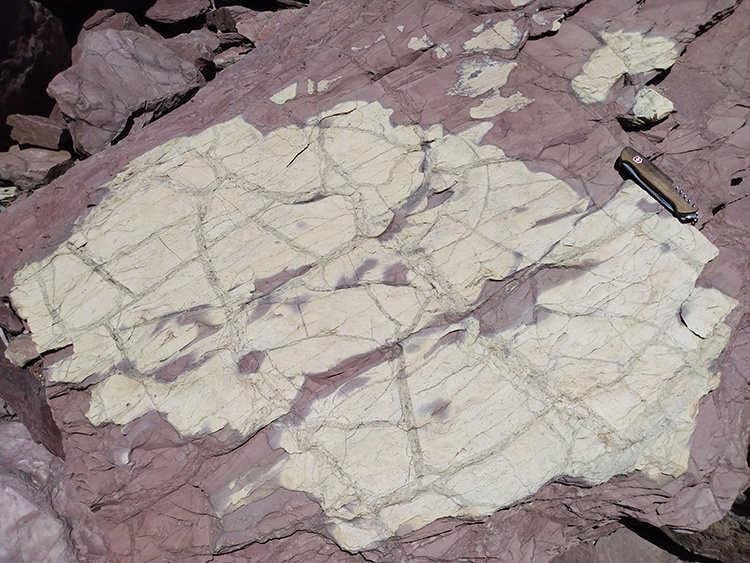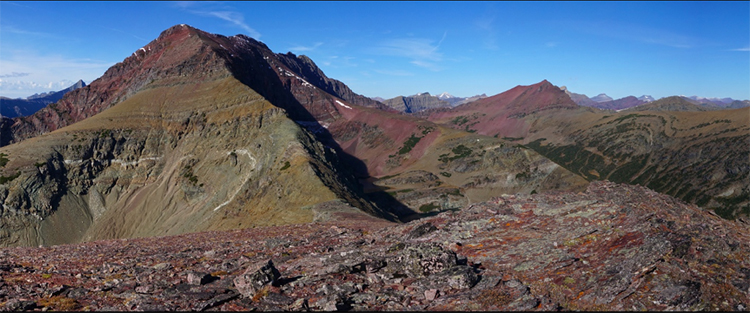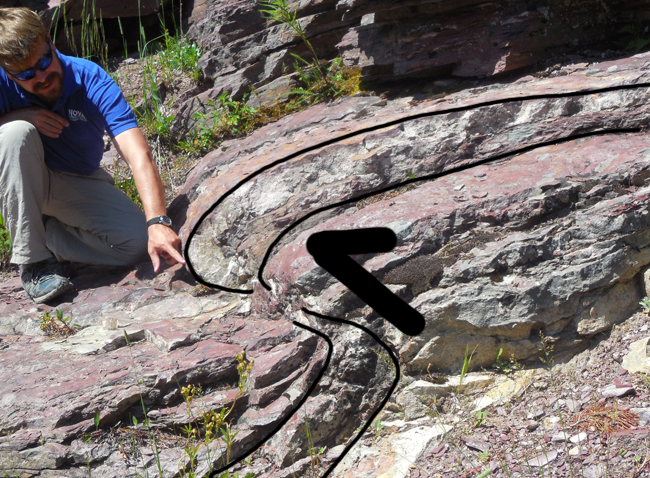Well-preserved mudcracks in Belt argillite, Glacier National Park, Montana
Fresh from the field, Callan shares a quintet of beautifully preserved desiccation cracks in Mesoproterozoic Belt Supergroups sediments, exposed in Montana’s geological gem, Glacier National Park.



